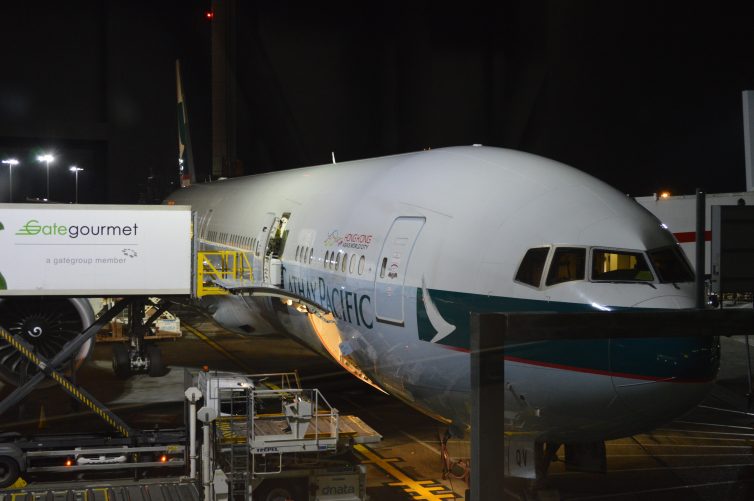
CX254 LHR to HGK – Photo: Alastair Long | AirlineReporter
My working holiday in Hong Kong at the end of April started with a delightful journey on Cathay Pacific (CX). I upgraded from Premium Economy to Business for the nearly 12-hour overnight flight on a 777-300ER out of Heathrow’s (LHR) Terminal 3. Now a long day’s work always deserves a beer. And I was also on a mission to sample a Betsy.
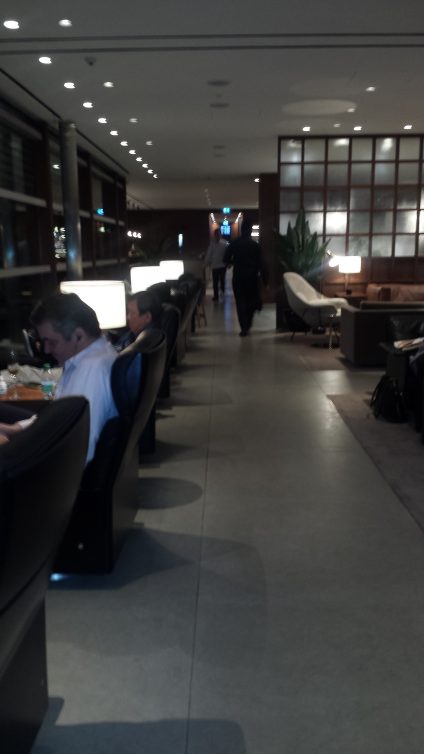
CX Lounge in T3 – Photo: Alastair Long | AirlineReporter
My business ticket granted me access to CX’s lounge in LHR T3. I therefore scurried over to discover it and to crack open a CX-inspired cold one. Reopened in November 2016, the revamped Cathay lounge is slick and elegant, finished in brown wooden panels and marble.
’œAh, I’m sorry, you’re gonna have to get out of the car,’ the Delta Air Lines security guard said as he peered farther into the window of the Uber I had taken to the northern edge of Atlanta’s Hartsfield-Jackson International Airport. Distracted, as I had been staring at a 757’“200 beautifully adorned in Delta’s classic widget livery until about five seconds prior, I could only muster a perplexed, ’œuh, okay.’ There really was no sense in arguing with the guy. I acquiesced, slightly annoyed, thanked my driver, and hopped out of the car.
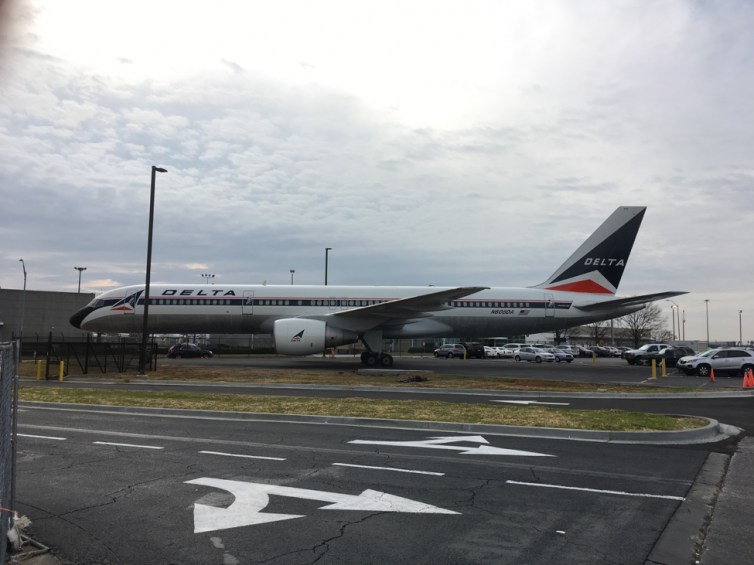
Classic Widget Delta 757 – Photo: Jake Grant
I stayed mad for, oh, five seconds at the most. You see, at the Delta Flight Museum, the exhibits begin in the parking lot, a stone’s throw from both arrivals on the northern runway 8L/26R into Delta’s biggest fortress hub and Delta’s brick castle of a headquarters down the street. Due to the preservation efforts of Delta’s 80,000-strong workforce, the museum’s outdoor exhibit highlights a trio of classic airliners; the 757, a Douglas DC-9, the short-haul workhorse for the better part of four decades, and the first Boeing 747’“400 built, with a display plaza being pieced together around the Queen of the Skies.
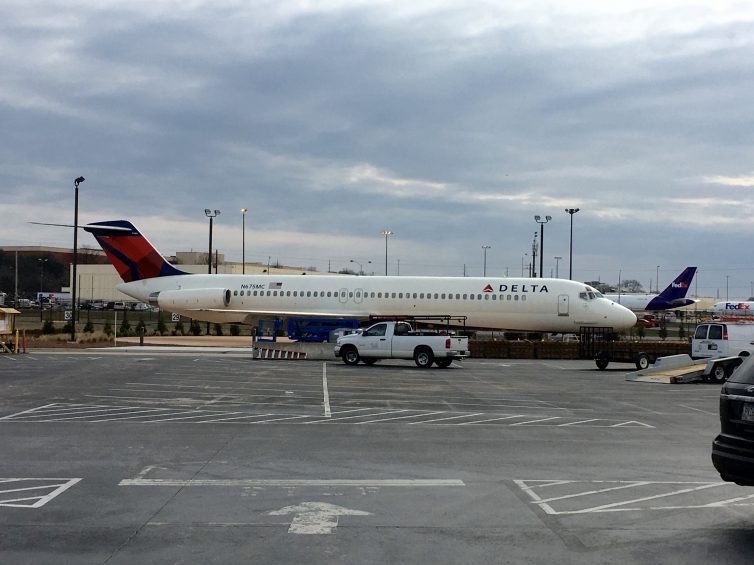
DC-9! Woo – Photo: Jake Grant
A note on the plaza: I ended up taking my tour before it opened at the end of March. It’ll definitely be worth a visit by any Atlantians or folks with long layovers. The 747 and the plaza taking shape around it were primarily funded by Delta employees. This is a recurring theme of the Delta Flight Museum. The inside of the 747 is an extension of the two hangars full of Delta relics across the parking lot. This writer certainly intends to check out the finished project when he gets the opportunity.
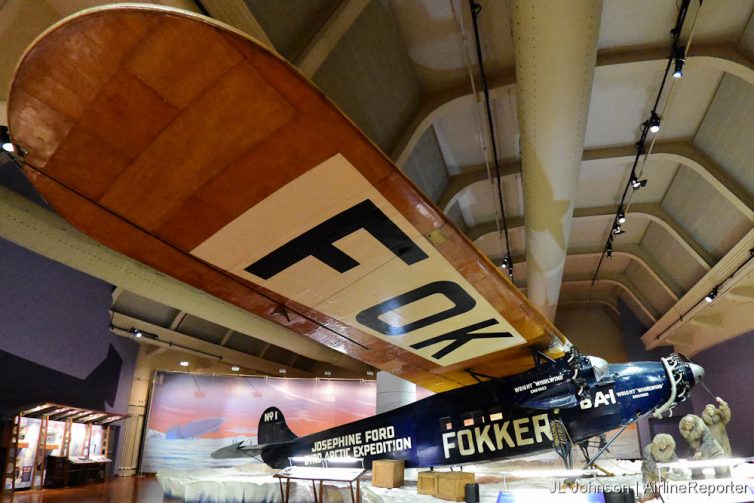
Surprisingly, it’s not just about Ford at The Henry Ford. Meet the Fokker.
I recently found myself in Detroit for three days thanks to one of Spirit Airlines’ ridiculous airfare sales combined with my favorite Spirit tip: Actually going to the airport to buy tickets. At $38.41 round trip, how could we resist? While I can honestly say DTW was not anywhere near the top of my to-do list, I go where the sales are. All literature regarding tourism in Detroit pointed to one definite venue: The Henry Ford. I knew Ford was influential in many early forms of transportation besides the obvious one, so I gave it a shot. For AvGeek appeal I expected an exhibit on the Tri-Motor. What we got was so much more.
A variant of the Queen of the Skies took a step closer towards the history books this week as Kalitta Air retired its remaining 747-200, which is one of the few remaining airworthy civilian models of the type.
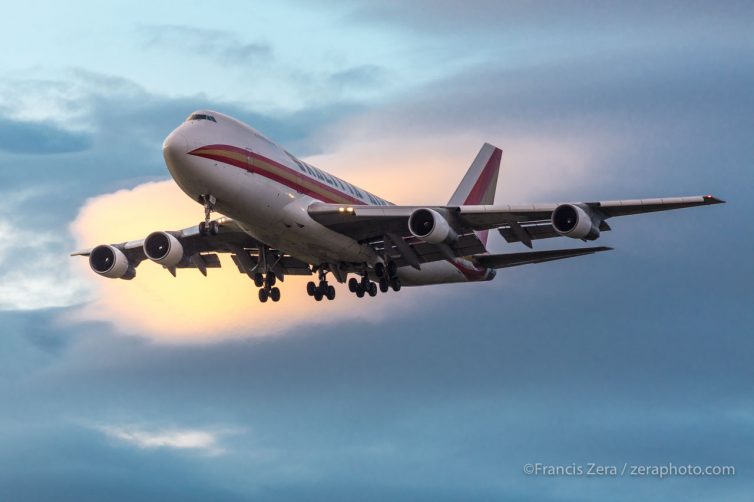
N793CK, A Kalitta Air 747-200 freighter, prepares to land at Seattle-Tacoma International Airport on its next-to-last flight before being placed into storage
This particular airframe was delivered to United Airlines in March 1987, having been built at Boeing’s Everett, Wash., factory. It was converted to a freighter in 2000 by Boeing while registered to Northwest Airlines, and was eventually put into storage in 2009. In 2010, it returned to service with Kalitta, and was officially retired on April 23.
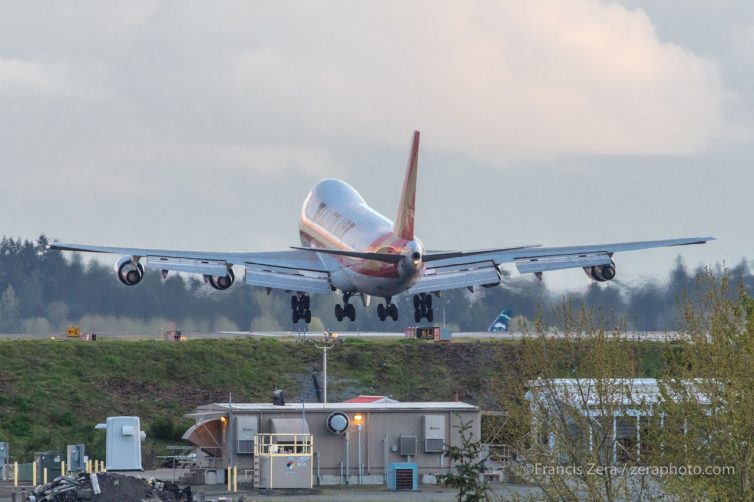
Seconds before touchdown at SEA
“It’s nice to see that people still care about this stuff,” said Capt. Scott Jakl as he and his flight crew were preparing the aircraft for the flight to Kalitta’s maintenance facility in Oscoda, Mich. “This is a very big deal for us,” he said of the plane’s last flight.
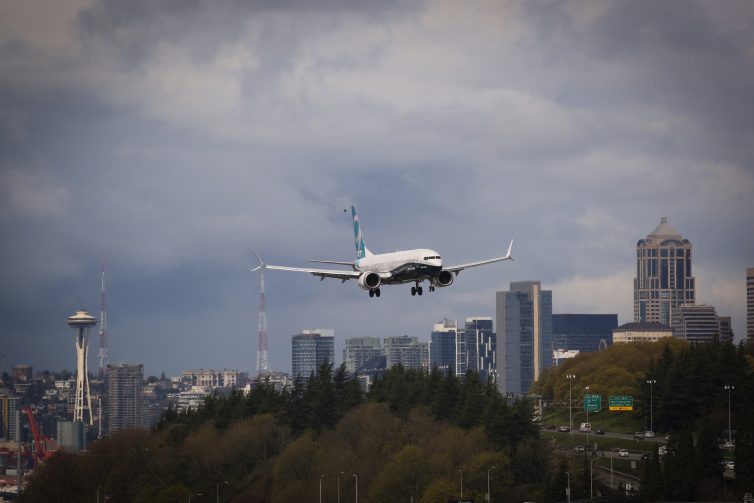
The first 737MAX-9 with Seattle in the background – Photo: Boeing
Boeing’s 737 MAX 9 took to the skies for the first time on April 13 from Boeing’s plant in Renton, Washington. I had the privilege of being able to watch it take off with fellow aviation geeks on a hill overlooking the airfield. After takeoff, my photographer and I headed to the Boeing Delivery Center at Boeing Field in Seattle, where the plane would land that afternoon.
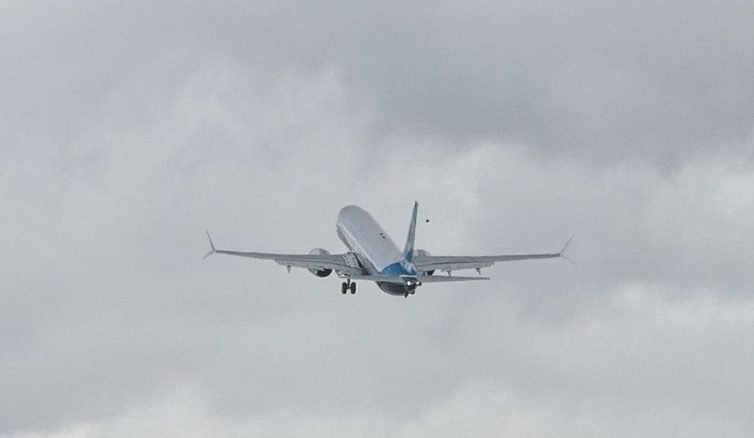
The Boeing 737 MAX 9 flies for the first time – Photo: Jonathan Trent-Carlson | AirlineReporter
As we waited for Captain Christine Walsh and First Officer Ed Wilson to complete their tasks in the air, Boeing treated us to boxed lunches. As we ate, Boeing Vice President/Chief Engineer and Deputy Program Manager for the 737 MAX program, Michael Teal, talked to us about the airplane and the 737 MAX family.








